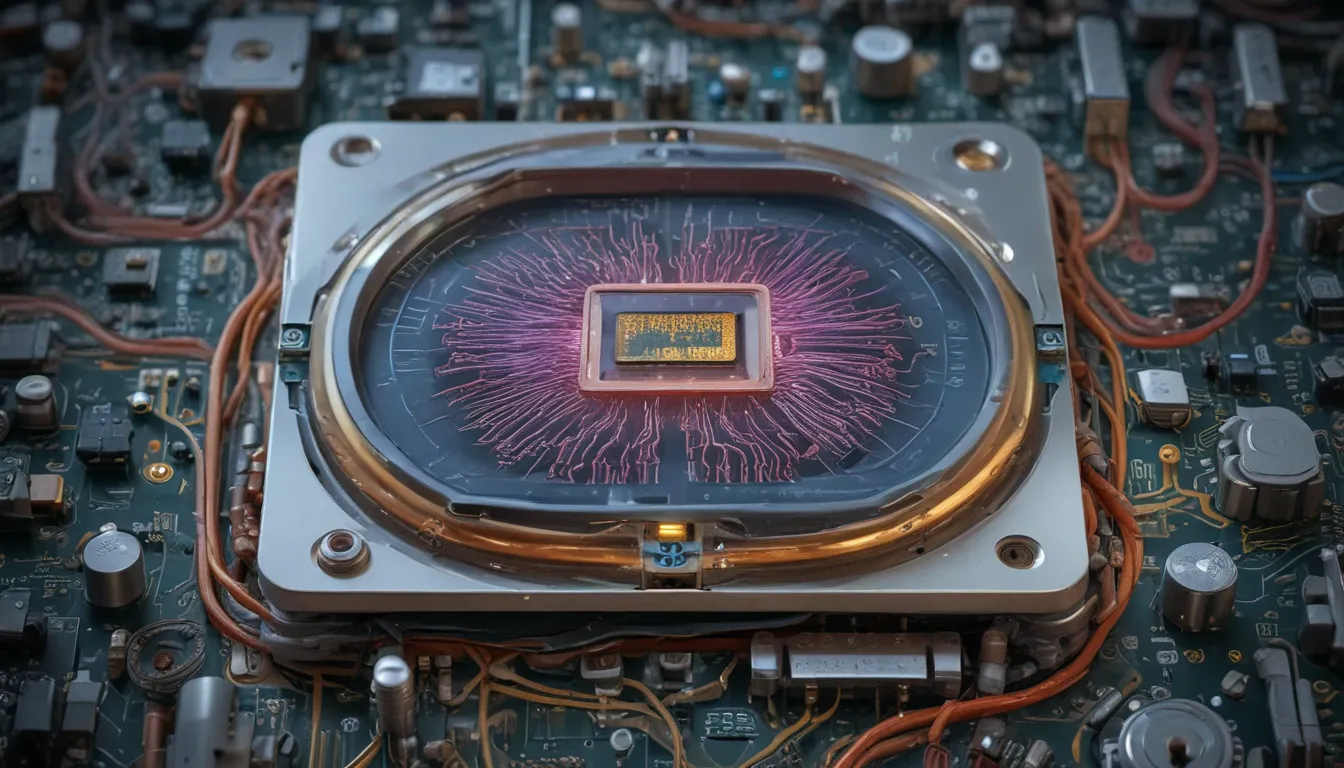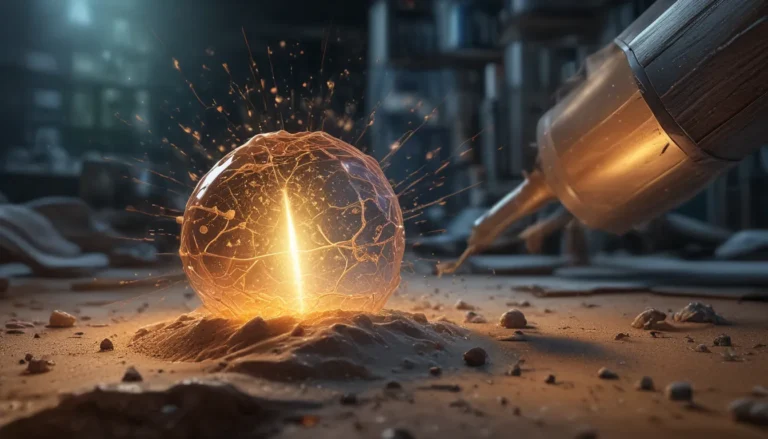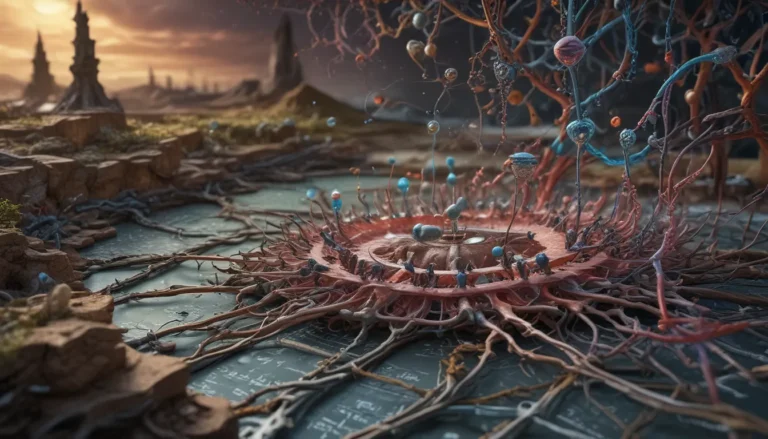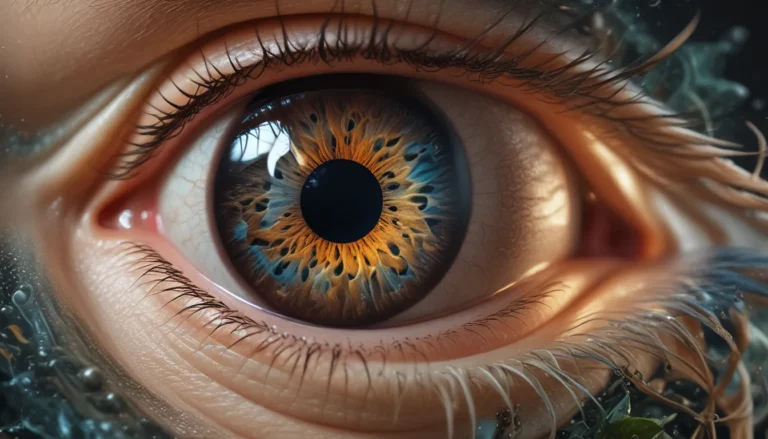A Note About Images: The images used in our articles are for illustration purposes only and may not exactly match the content. They are meant to engage readers, but the text should be relied upon for accurate information.
If you’ve ever marveled at the crisp detail and vibrant colors in your digital photos or gazed at distant galaxies through a telescope, you have charge-coupled devices (CCDs) to thank. These incredible technologies have revolutionized digital imaging, astronomy, and scientific research, shaping the way we capture and analyze visual information.
Let’s delve into the captivating world of CCDs and uncover 19 astonishing facts that showcase the remarkable capabilities and impact of this innovative technology. From their inception to their current applications, CCDs continue to play a vital role in pushing the boundaries of what’s possible in the realm of digital imaging.
Understanding the Magic of Charge-Coupled Devices (CCD)
-
Revolutionizing Digital Imaging: The invention of the CCD by Willard Boyle and George Smith in 1969 paved the way for modern digital cameras and imaging sensors, transforming the way we capture visual information.
-
Versatile Applications: From smartphones and digital cameras to telescopes and medical imaging devices, CCDs are a fundamental component in a wide range of devices that rely on high-quality image capture.
-
Light to Electrical Signals: When photons interact with a CCD’s surface, they generate electric charge, which is then converted into digital data, ensuring accurate and detailed image reproduction.
-
Superior Image Quality: Thanks to their exceptional sensitivity and low noise levels, CCDs produce images with impressive detail and dynamic range, setting the standard for high-quality image capture.
Exploring the Diverse Applications of CCDs
-
Astronomical Marvels: CCDs are a staple in astronomy, allowing researchers to observe faint celestial objects and phenomena with unparalleled clarity and precision.
-
Milestone in Digital Photography: The first digital camera to utilize a CCD was introduced in 1975 by Steven Sasson at Kodak, marking a pivotal moment in the history of photography.
-
Scientific Advancements: From analyzing DNA sequences to studying microscopic organisms, CCDs are indispensable in capturing and analyzing critical data in various scientific fields.
-
Medical Diagnostics: CCDs have significantly improved medical imaging technology, enabling high-resolution imaging that leads to more accurate diagnoses and enhanced patient care.
Challenges and Advancements in CCD Technology
-
Power Consumption: CCDs typically require more energy due to their complex structure, impacting battery life in portable devices.
-
Readout Speed: CCDs have slower readout speeds compared to other imaging technologies, which can result in longer exposure times, affecting the ability to capture fast-moving subjects.
-
Motion Artefacts: CCDs are sensitive to motion during image capture, necessitating stabilization techniques to avoid blurring or distortion in the final images.
-
Pixel Defects: Dead or hot pixels can appear as small bright or dark spots on images captured by CCDs, but these issues can be addressed through image processing techniques.
Embracing the Technological Evolution of CCDs
-
Space Exploration: CCDs have played a significant role in space exploration missions, with their ability to withstand extreme conditions and capture high-resolution images making them invaluable in spacecraft imaging systems.
-
Color Capture: CCDs can capture both grayscale and color images by incorporating color filters or microlenses, providing vibrant and accurate color reproduction in visual data.
-
Professional Cinematography: Professional cine cameras often use CCDs for their exceptional image quality and dynamic range, making them a preferred choice for capturing cinematic footage.
-
Future Innovations: Manufacturers are continuously improving CCD designs to enhance image quality, reduce power consumption, and increase readout speeds, ensuring that CCD technology remains at the forefront of digital imaging advancements.
Looking Towards the Future of CCD Technology
While CCDs have been a staple in digital imaging for decades, they are gradually being replaced by CMOS image sensors due to advancements in technology that offer lower power consumption and faster readout speeds. However, CCDs continue to excel in specialized applications that require superior image quality and sensitivity.
In conclusion, the impact of charge-coupled devices (CCDs) on modern imaging systems cannot be overstated. These remarkable inventions have not only transformed the way we capture visual information but have also contributed significantly to scientific discoveries and advancements across various industries. As technology continues to evolve, we can expect even more astonishing images and data to be captured, pushing the boundaries of what is achievable in the realm of digital imaging.
Unlock the Potential of CCD Technology
Whether you’re a photography enthusiast, an astronomy buff, or someone intrigued by the marvels of digital imaging, the world of charge-coupled devices (CCDs) offers endless possibilities to explore and discover. Embrace the wonders of CCD technology and witness the beauty and complexity of the visual world in stunning detail.






